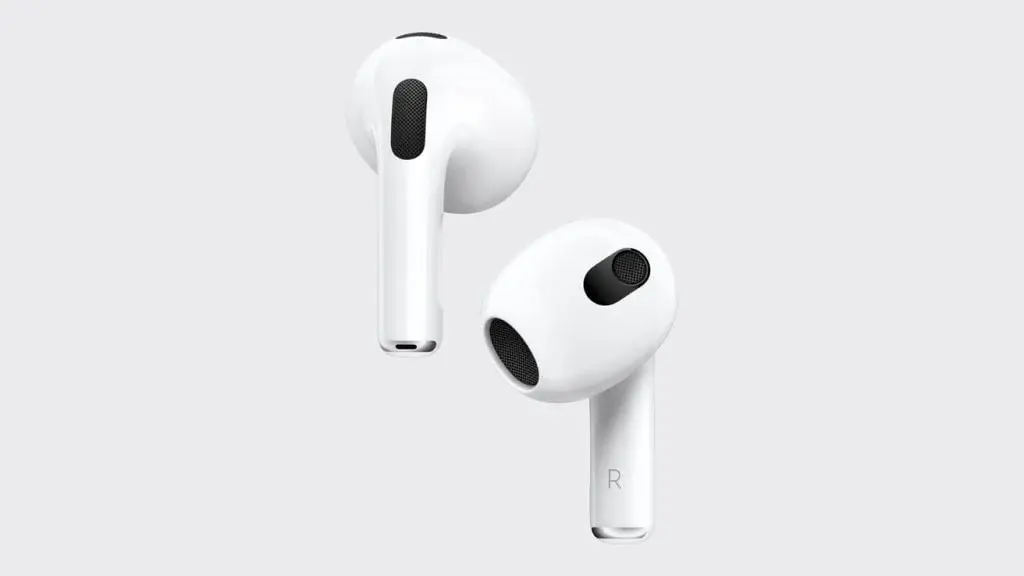Nothing has broadened its lineup of audio products, introducing a new entry that is not a TWS earphone. The London-based company has unveiled the Nothing Ear (Open), which competes with products like the Sony Linkbuds, Bose Ultra Open, and Huawei FreeClip. This marks Nothing’s third audio launch this year, following the release of the Ear and Ear (a) earlier in the year.
Launch of Nothing Ear (Open)
True to its name, the Nothing Ear (Open) features an open-ear design. This allows users to hear their surroundings while enjoying their audio experience, as the earbuds do not completely seal the ear canal. The design includes a curved headband that comfortably wraps around the outer ear, ensuring a secure fit. The earbuds showcase the brand’s distinctive transparent design on their stems and do not include silicone ear tips.
The Nothing Ear (Open) comes in a pill-shaped transparent case that is both slimmer and wider than previous offerings. They have an IP54 rating, meaning they are resistant to dust and splashes.
Audio Features and Specifications
In terms of sound quality, the Nothing Ear (Open) is equipped with 14.2mm titanium-coated drivers and utilizes a ‘Bass Enhance’ algorithm. The device includes two microphones and features AI-powered Clear Voice 3.0 technology for improved audio clarity during calls. Additionally, the Ear (Open) incorporates a Sound Seal System and directional speakers to help maintain audio privacy and prevent sound leakage. However, as open earbuds, they do not include active noise cancellation, but they do offer a low latency mode.
Battery life is impressive, with the Nothing Ear (Open) providing up to eight hours of playtime on a single charge thanks to its 64mAh battery. When combined with the 635mAh charging case, total battery life extends to 30 hours. The earbuds support Bluetooth 5.3 and can connect to two devices at once. They also offer compatibility with ChatGPT integration for easy access to the AI chatbot. Additional features include pinch controls, a find earbuds function, fast pairing, and more.
Pricing and Availability
The Nothing Ear (Open) is priced at $149/€149/£129/Rs 17,999. Pre-orders are available starting today, with official sales set to begin on October 1.




